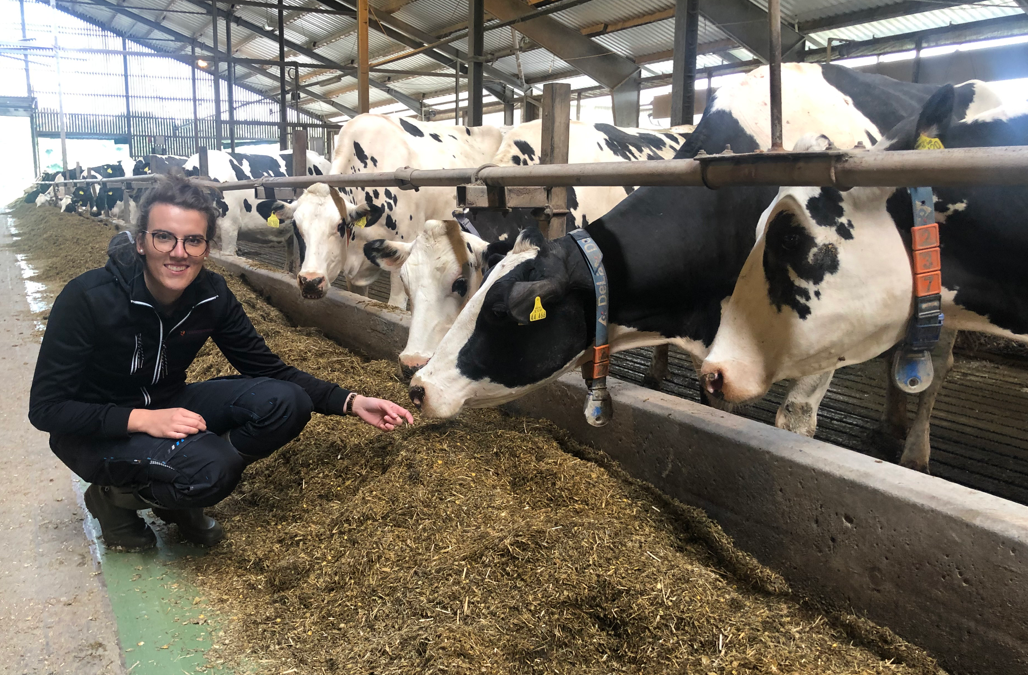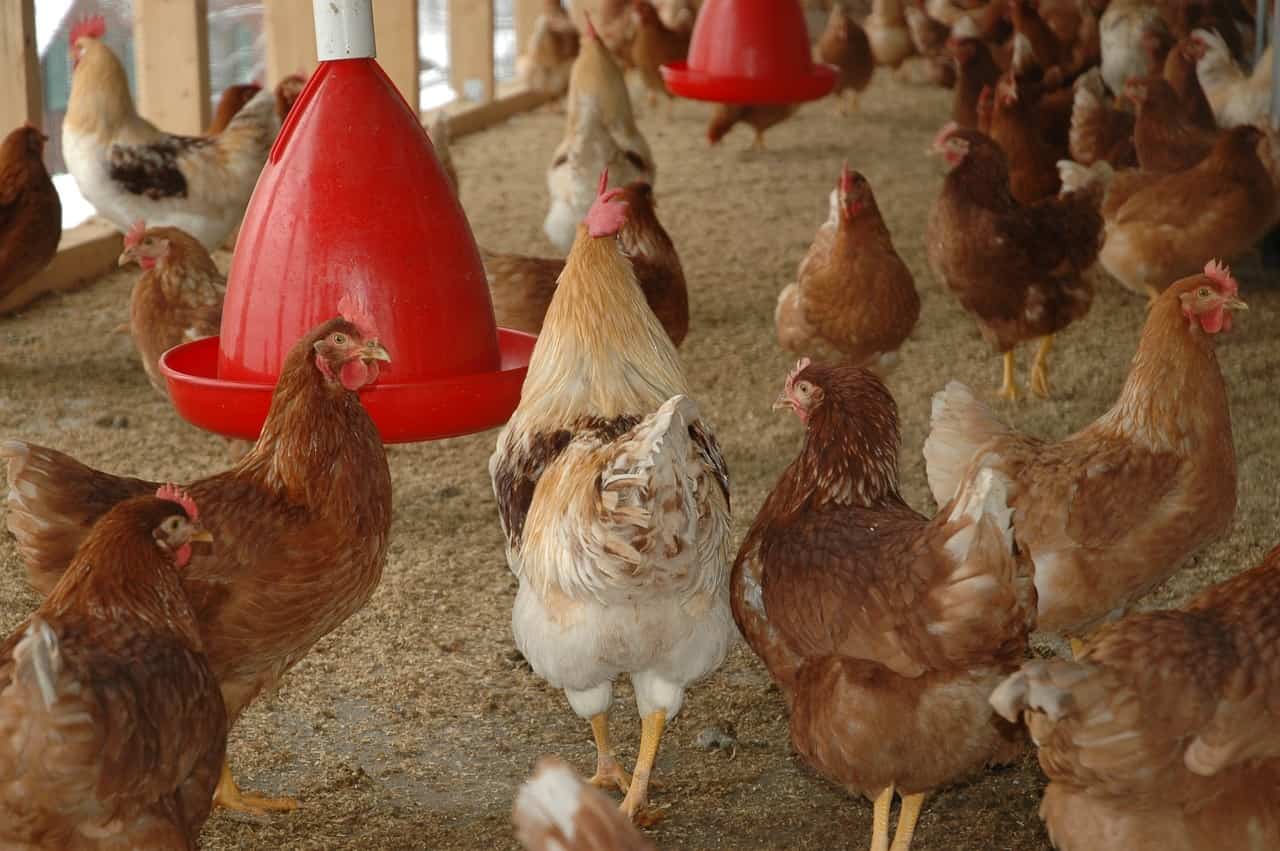
A new stable floor could soon minimize climate-damaging ammonia emissions in cow barns by more than 45 percent. This would be a step towards the goal of reducing emissions in agriculture by 30 percent by 2030.
The Dummerstorf farm in the Rostock district is one of the few dairy farms in Germany where emission-reducing floor coverings and the use of a new type of manure removal system are being tested. The project is being directed by Dr. Jörg Burgstaler from the University of Rostock. Lucas Pieper is farm manager of the Dummerstorf estate and studied agricultural science at the University of Rostock. He has high hopes for this research project.
Animal welfare
“It’s not just for environmental protection, but also for animal welfare,” says the 31-year-old. ” The new floor makes it drier and the cows are much more sure-footed. It also improves the health of their hooves.”
The innovation has been developed within the framework of the Professorship of Agricultural Technology and Process Engineering in the so-called Energy Campus. Under the auspices of this professorship at the direction of Burgstaler and in cooperation with Dr. Denny Wiedow, smaller companies from Mecklenburg-Western Pomerania are developing solutions that benefit the environment and climate protection, emphasizes Burgstaler.
Sense of smell
“We want to balance the conflicting objectives of environmental protection and animal welfare.” Burgstaler played a key role in the development of the floor. Apart from its transverse and longitudinal grooves, the floor has other patented features that quickly remove the cows’ urine, reducing the amount of ammonia released into the ambient air. You can already smell that there is less ammonia in the air in the barn. As part of their scientific work on the floor of the barn, students are initially investigating exactly how much ammonia will be removed once the barn floor has been modified.
Franziska Maria Wieneke is writing her master’s thesis on this topic: “My passion is cows in agriculture,” she says. She is in her fourth master’s semester and is studying farm animal science. “It’s a practical and red-hot topic that is interesting for agriculture.”
Meticulous measurements
Currently, she is one of several young researchers in the professorship who meticulously measure the ambient air in the barn. In the future design, the measurement technology will actively intervene via a control scheme. “It’s like a traffic light system,” explains Jörg Burgstaler. When green, he says, emissions are low, yellow signals rising emissions, and when they are too high, the traffic light shows red. The system then actively intervenes to correct the emission situation.
By using gas measurement sensors, the active ammonia emission load in the barn overall as well as near the floor can be recorded. Based on defined thresholds in combination with emission-determining factors, liquid ammonia inhibitors are applied to the urine drainage channels via the floor of the barn by measuring the temperature and evaporation rate. In the future, control and monitoring will be carried out via an app.
Photo: Master’s student Franziska Maria Wieneke in the cow barn of the Dummerstorf estate.
Also interesting: The EU’s zero-emissions project – not without unconventional climate protection? (German only)








